kawagoe
Kawagoe and Four More Traditional Cities to Visit
Karina Ikedo
Posted on November 26, 2024
Share:
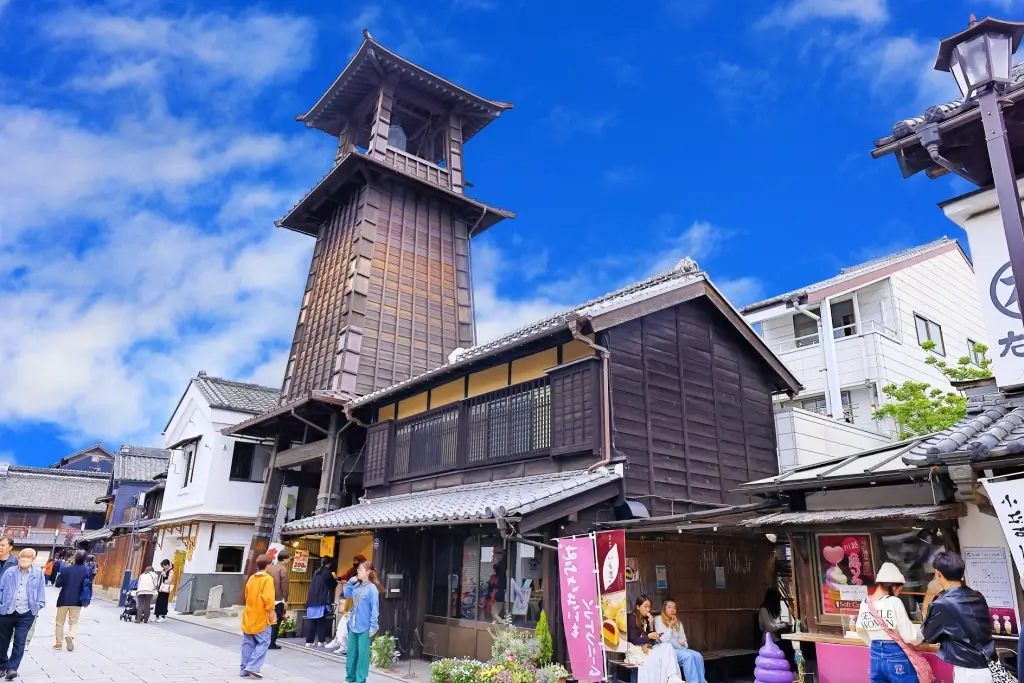
In Kawagoe, a city renowned for its preserved Edo-period architecture, traditional Japanese heritage comes alive amidst Japan’s modern urban landscape. Beyond the bustling cities, visitors can discover historic villages that offer a stunning glimpse into Japan’s rich cultural past.
These remarkable towns feature streets that closely resemble their appearance during the Edo period (1603-1868), subtly enhanced with modern conveniences like charming shops, restaurants, and traditional ryokan. From Kawagoe’s well-preserved kurazukuri buildings to Japan’s World Heritage sites, these traditional cities provide an immersive journey through the country’s historical landscape.
Kawagoe
Located in peaceful Saitama, Kawagoe is the perfect place to feel like you’ve returned to ancient Japan. About a 30-minute train ride from Ikebukuro, Kawagoe is a popular weekend destination from Tokyo, known for its charming streets. The former castle town is often called “Little Edo,” with good reason. Tokyo was previously called Edo, giving way to the Edo period. During this time, wealthy merchants were inspired by these buildings and wanted to bring them back to Kawagoe.
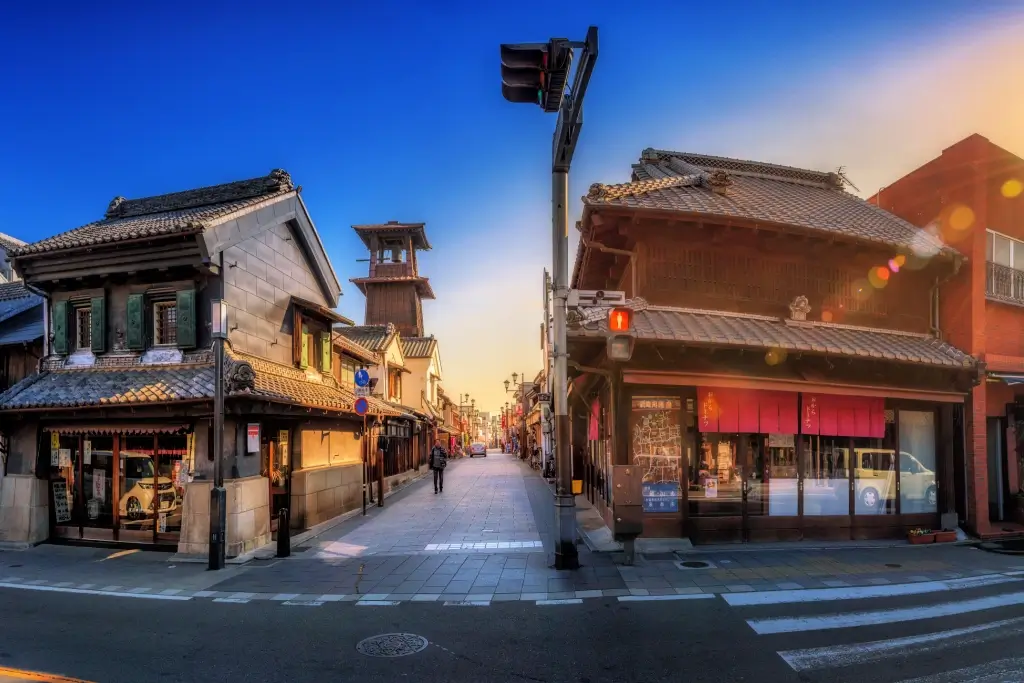
Kawagoe is most famous for its many traditional buildings, which have earned it the nickname koedo (little Edo). The area truly comes alive on the weekend with its many sights, traditional shops, and popular seasonal events. Kawagoe’s Toki no Kane bell tower is also a must-see. This long-standing landmark dates back to the 1600s and rings four times daily. You’ll find Kawagoe Hikawa Shrine past the central streets, a popular spot during cherry blossom season. Its traditional streets and old warehouses make it a fascinating day trip or short stay.
Nara
Nara, recognized as Japan’s first permanent capital, is rich in history and tradition, having been remarkably preserved over the centuries. It has several World Heritage Sites, including cultural buildings and Buddha statues. It offers a blend of cultural treasures and natural beauty.
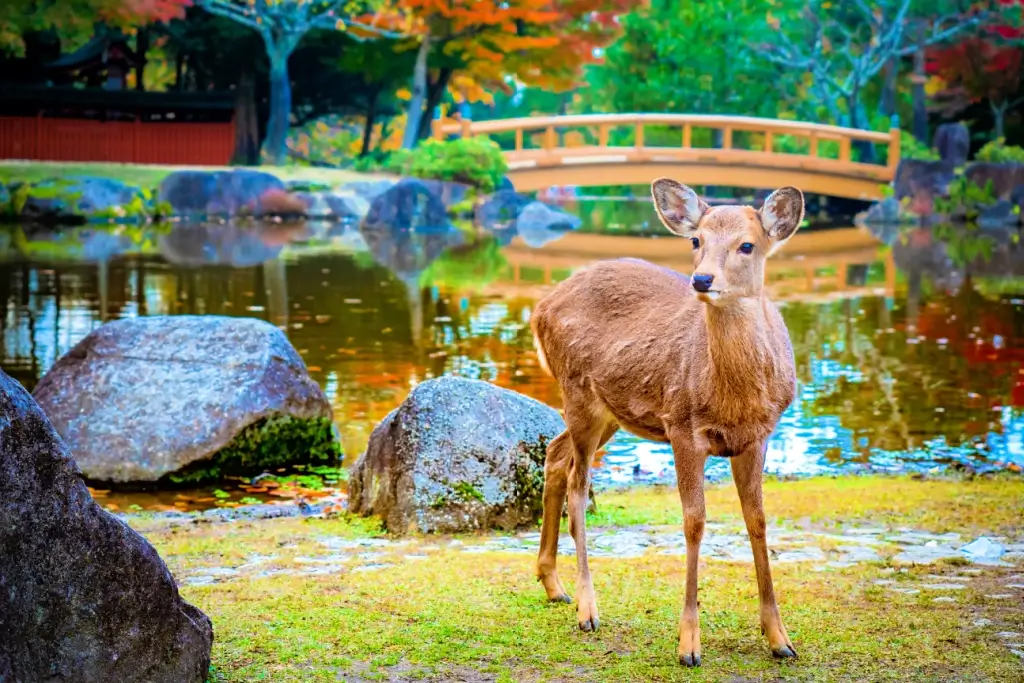
The city is famous for its historical temples, sacred deer, and laid-back atmosphere. Nara Park, in particular, is the heart of the city’s tourism and home to over 1,000 free-roaming deer. Nara has much to offer, from ancient temples to sacred mountains and inspiring natural landscapes!
Are you interested in enjoying some delicious traditional snacks from the Kawagoe region? Check out Sakuraco! Sakuraco delivers traditional Japanese snacks, teas, and sweets from local Japanese makers directly to your door so you can enjoy the latest treats directly from Japan!
Sawara
Chiba’s merchant town of Sawara retains an old-school charm thanks to its serene canals. The rivers and canals offer a lovely view of the traditional residences, stores, and warehouses. One of the most popular things in Sawara is taking a scenic boat ride down these historic canals. During the Edo period, Sawara prospered as a hub for rice shipments. Some of its businesses have operated continuously since that time, giving the town that old Japanese atmosphere.
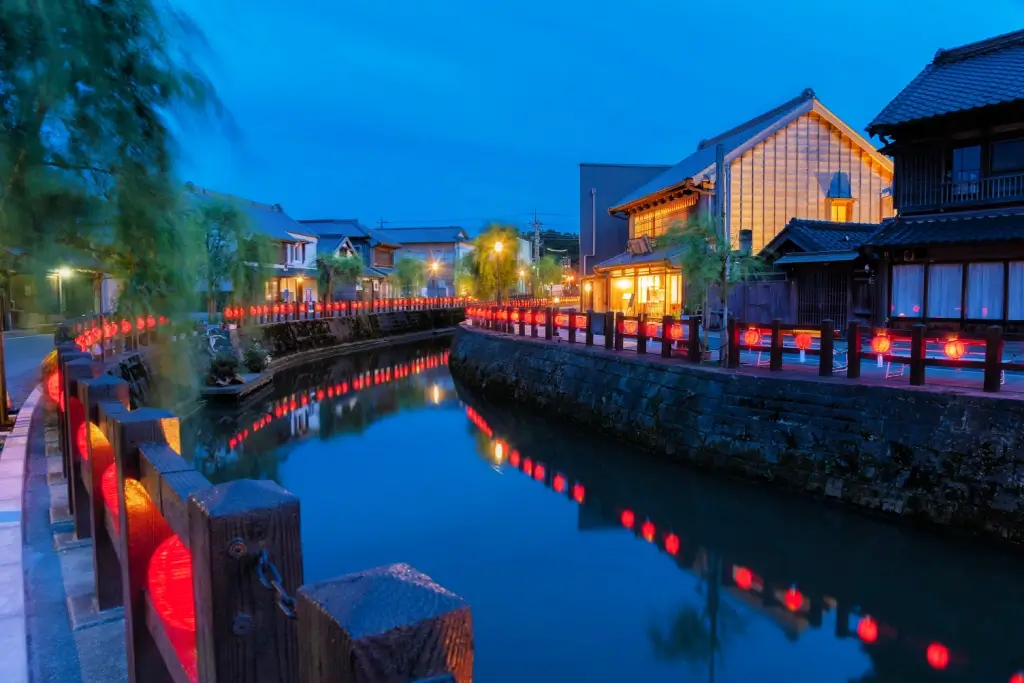
One of the best times to visit Sawara is during the Sawara Grand Festival. It’s a matsuri (Japanese festival) held twice yearly in July and October. Flats topped with giant dolls representing legendary warriors and heroes during the festival parade through the town.
Uchiko
Uchiko is located about 40 kilometers southwest of Matsuyama in Ehime Prefecture. As you walk through this district of Uchiko, it’s easy to feel you are slipping back in time. Now a vestige of traditional, rural Japan, Uchiko was once a prosperous wax and paper production center.

One of the town’s main attractions, the Kamihaga Residence, explores this historic industry. Yokaichi Old Town is Uchiko’s preserved street of houses where most of the town’s attractions can be found. Another symbol of Uchiko is Uchiko-za, a kabuki (Japanese theater) equipped with trap doors, hidden entrances, and a rotating stage. This district looks just as it did over 100 years ago when wealth came to Uchiko through its wax trade.
Kakunodate
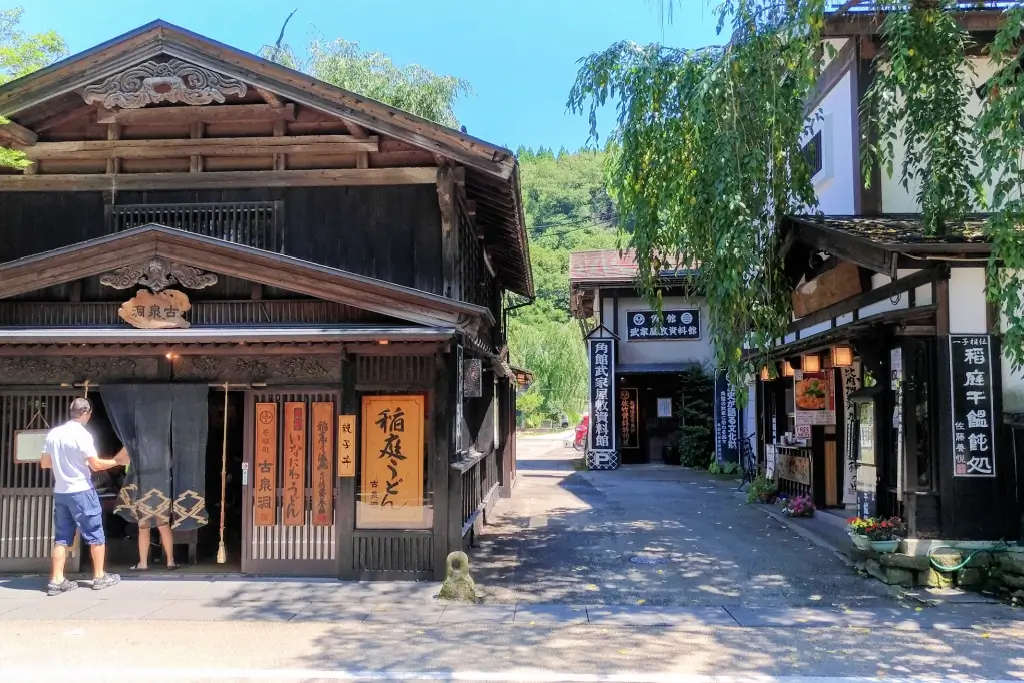
Kakunodate is a former castle town which flourished during the Edo period. Known as the little Kyoto of Tohoku, the town is home to a district of samurai residences and traditional architecture. Although no castle exists in Kakunodate, this former samurai district has mostly stayed the same. Tourists can travel back in time to the Edo period by strolling around the traditional streets in kimono.
Higashichaya
Higashichaya is located in the Higashiyama area of Kanazawa. It is the largest among three well-preserved historical geisha (art person) districts in Kanazawa, including Nishichayagai and Kazuemachi. Historically a famous entertainment district, Higashichaya was where geisha entertained wealthy nobility and rich merchants. You can hear drums playing from the teahouses as the geisha sing, dance, and play traditional games.
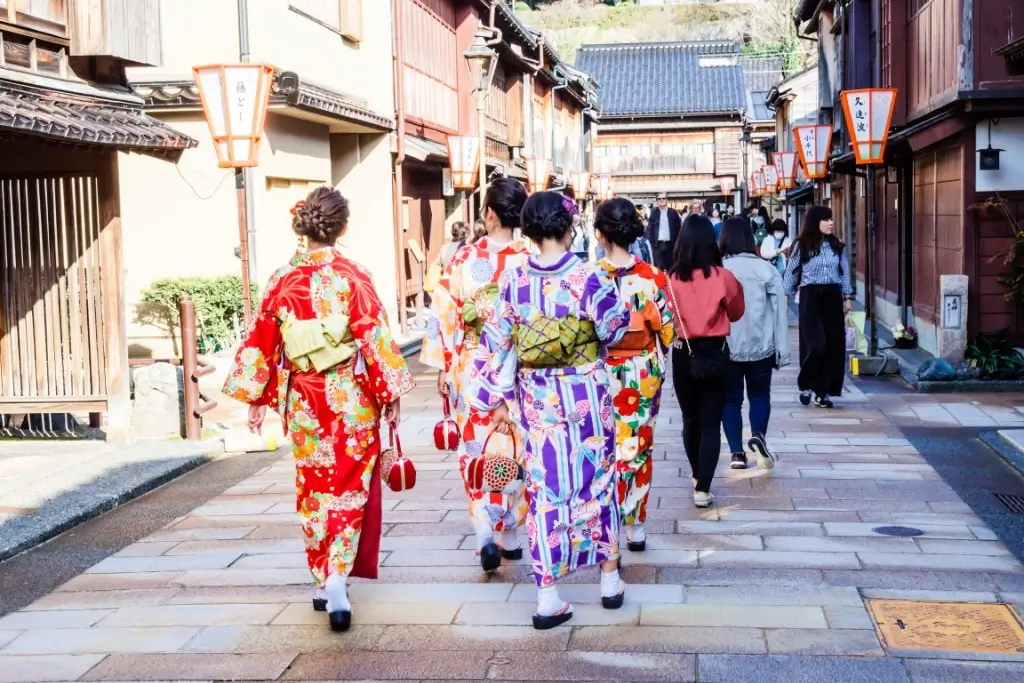
Why should I visit places like Kawagoe?
Many people enjoy exploring the lifestyle of old Japan, as it provides a fascinating glimpse into the Edo period. The best way to experience Japan’s rich cultural heritage is visiting its traditional cities, where temples, historic districts, and time-honored customs are carefully preserved. These towns and villages highlight some of Japan’s finest traditional architecture.
With their charming retro architecture and inviting atmosphere, these traditional towns across Japan make for perfect weekend getaways. Have you visited Kawagoe or other traditional Japanese cities? What are your favorite spots there? Share your thoughts in the comments below!

Discover authentic flavors with Sakuraco
Get Sakuraco 

Discover authentic flavors with Sakuraco
Get Sakuraco 
Related Articles

Japan Holidays Guide: Relax, Explore, and Delight in Festive Fun
As the year draws to a close, everywhere buzzes with preparations for the holidays, and Japan is no exception. Despite the cold winter weather, you can feel warmth in the scenery, decorations, and festive activities across the country. Let’s explore the unique experiences of holidays in Japan that many people dream of enjoying at least once in their lifetime!

Tokyo Gardens: Five Beautiful Traditional Japanese Gardens to Visit
Tokyo gardens offer a relaxing escape for visitors looking to get a breath of fresh air. However, Tokyo has more than just the typical gardens we see in the West. Let’s explore five traditional Japanese gardens and what makes them unique!

Japan Cruise Spotlight: The Ultimate Guide to Abashiri Icebreaker!
Japan offers a diverse range of cruise experiences, taking in various stunning landscapes. But, in the chilly grip of winter, some voyages pull in adventurers from around the globe. At the forefront of these wintry trips is the Abashiri Icebreaker Cruise in Hokkaido.
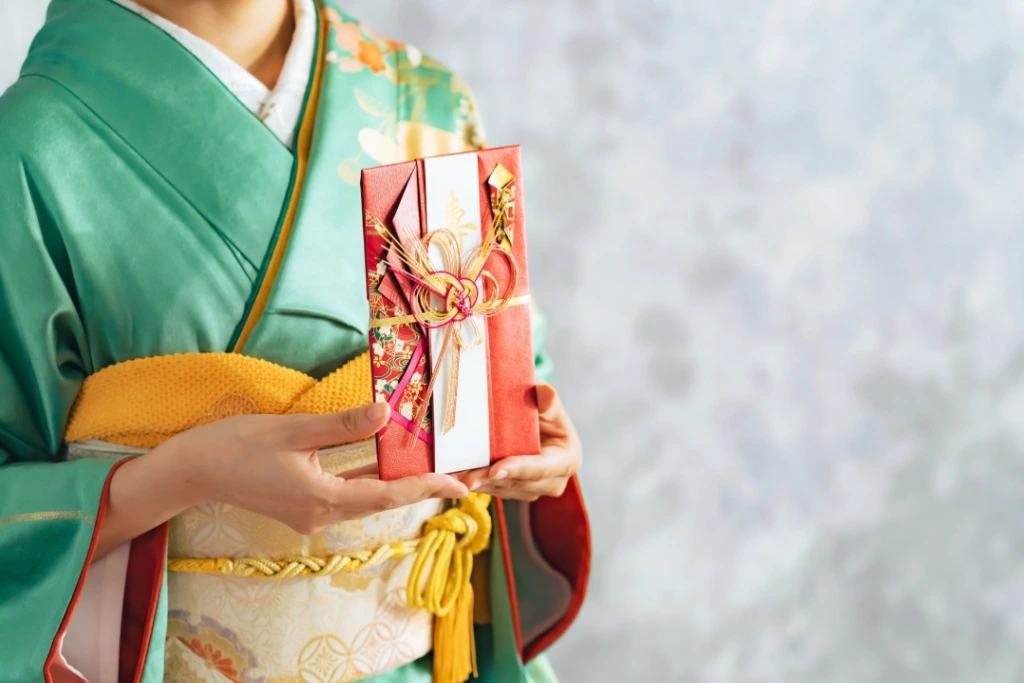
Money Envelopes in Japan: Exploring the World of Shugi Bukuro
Attending a Japanese wedding or celebratory event for the first time can be daunting, especially when it comes to gift-giving. Although it may seem complicated, we’ll break it down so that you have nothing to worry about.



